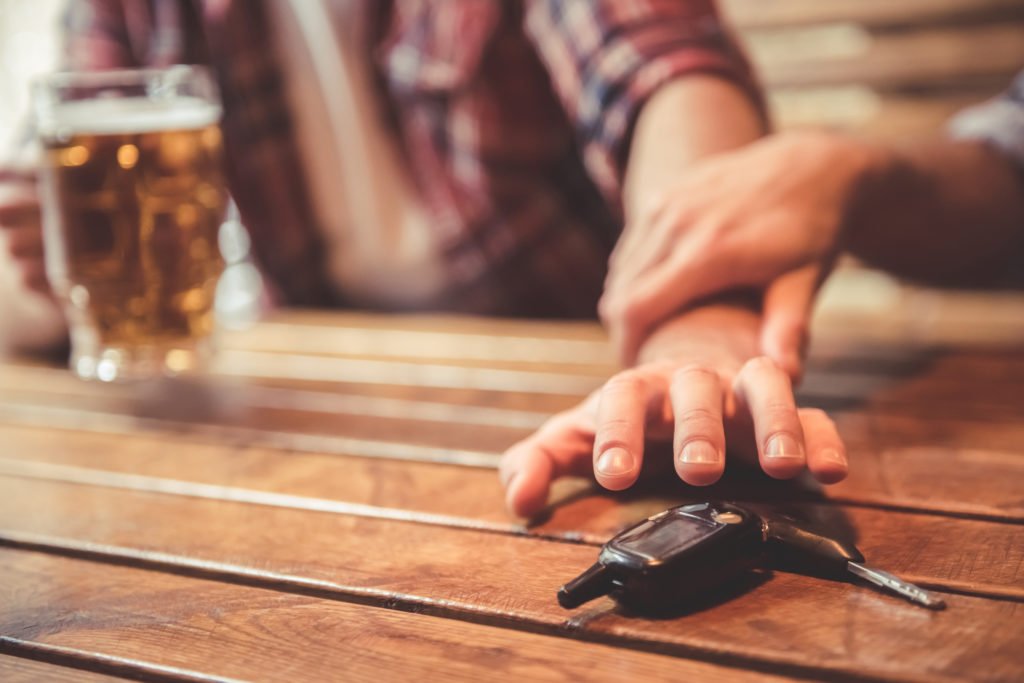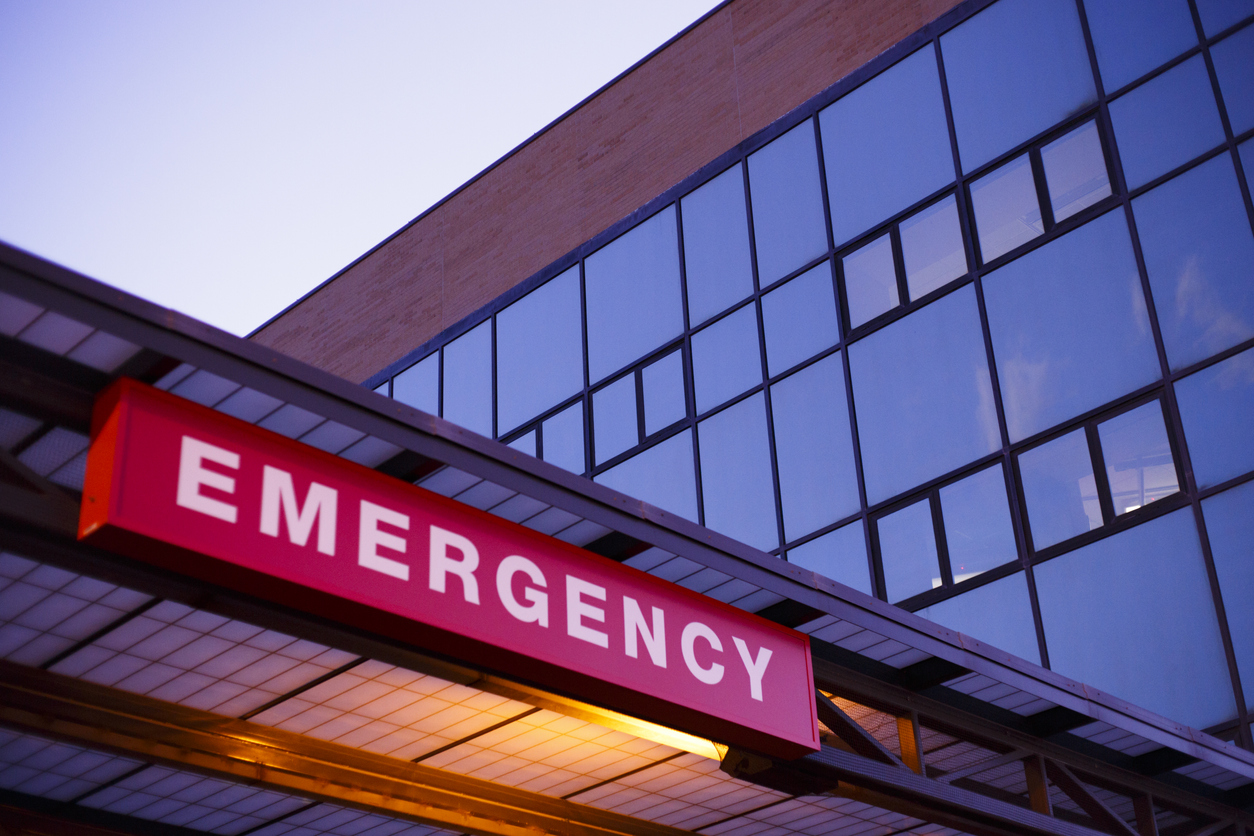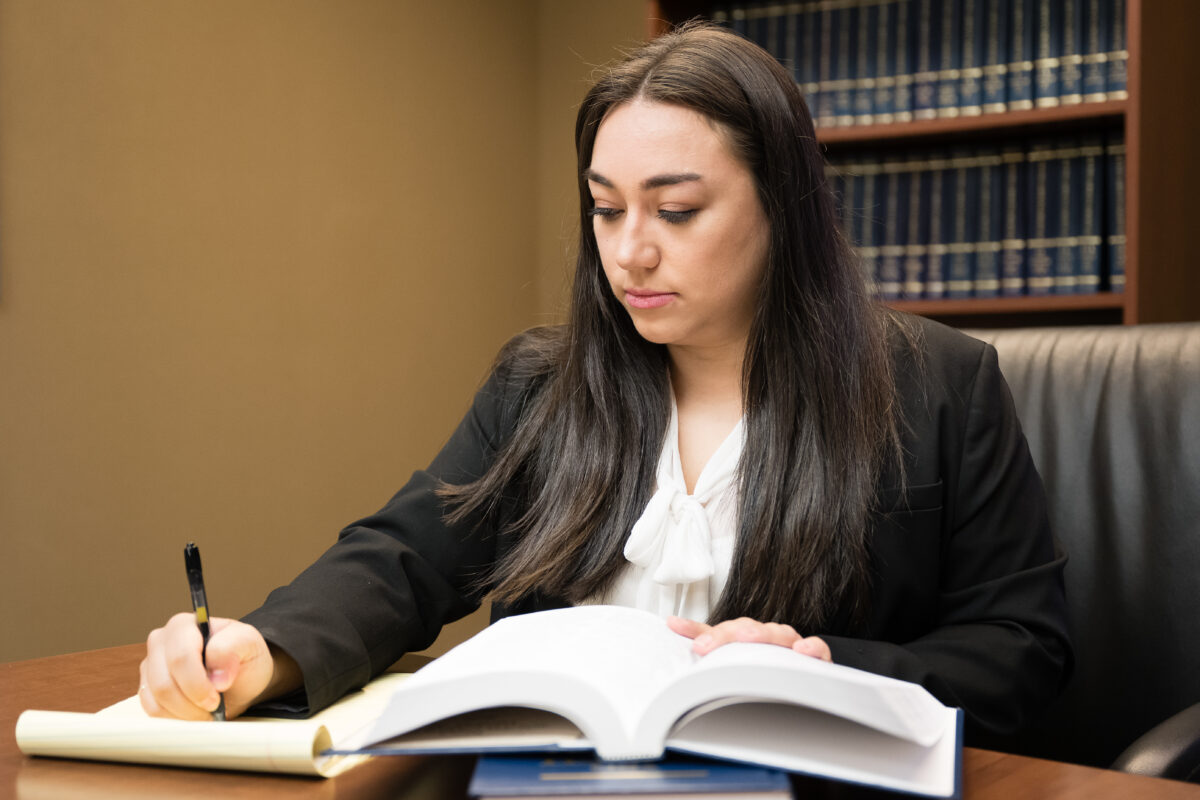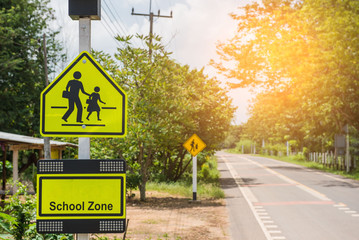
School zones are a flurry of activity at certain hours. Every day, thousands of children and adults walk, bike, and drive through school zones in South Carolina. School buses load and unload children. School crossing officers raise signs to stop traffic and direct children across crosswalks. On the best days, everything runs like a well-directed symphony.
To keep everyone safe, there are traffic signs that are specific to school zones in South Carolina. Motorists should slow down and proceed with caution when school children are present or a school bus is loading or unloading students.
If your child has been injured in a school zone accident caused by a motorist who disregarded school zone signs, you may be entitled to hold the driver accountable and claim compensation for your child’s medical bills and other expenses. Unfortunately, school zone accidents do occur. Our knowledgeable and compassionate attorneys at Joye Law Firm are available to review the accident and help you understand your legal options. Contact us today!
What Is the Use of the School Zone Sign?
The South Carolina Department of Transportation states that school speed zones should be installed a minimum of 200 feet in advance of the first school driveway and end a minimum of 200 feet after the last driveway. Using zone signs to announce a School Zone Ahead and Reduced School Speed Limit Ahead will warn motorists when they are approaching a school zone.
A school zone speed limit of 15 mph or 25 mph will be posted if a speed reduction is required.
Flashing lights accompanying some school zone signs call attention to a reduction in the speed limit. The lights typically flash for 45 minutes around the time school begins and ends.
What Is the Purpose of the School Zone Sign?
In South Carolina, special laws govern driving in school zones to prevent accidents. The laws also include additional penalties for traffic infractions such as speeding in a school zone.
School zone signs warn drivers that a school is nearby and that children may be crossing the street in the vicinity. School zone signs and school crossing signs may be fluorescent yellow or fluorescent yellow-green to make them more visible. They may also be equipped with lights. When lights are flashing or children are present in a school zone, drivers must obey a slower speed limit.
According to the South Carolina Department of Public Safety, most accidents involving children occur between the hours of 3 p.m. and 6 p.m. Surprisingly, accidents are more likely to occur during fair weather conditions than during inclement conditions.
Different Road Safety Signs You Should Expect in School Zones
A Reduced Speed Ahead sign may precede a school zone. Depending on the posted speed of the street, a School Speed Limit sign may indicate a reduced speed during certain hours and/or days of the week.
A School Advanced Warning sign will indicate the first crosswalk in a school zone. An End School Zone sign may mark the edge of a school zone.
Signs You Will See in a School Zone and Why They Are Important
Other signs you may encounter include: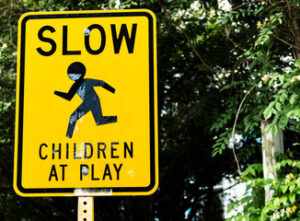
- Children Playing sign – This sign warns the driver that children may be playing in the vicinity and that the driver should be on alert and prepared to stop quickly.
- Stop for Pedestrian sign – Not all crosswalks in a school zone use typical traffic control signs. A Stop for Pedestrian sign indicates that drivers must stop anytime there is a pedestrian in the crosswalk.
- Slow Down Watch for Children sign –This sign reminds drivers that in a school zone, they must always be vigilant and look out for children. Sometimes students need to arrive or leave school early or may be staying late for after-school activities.
- Stop signs – Intersections and crosswalks often have stop signs. School zones also employ a handheld version of stop signs to help children cross unmarked crosswalks or travel through high-traffic areas. Be on the lookout for crossing guards holding these handheld stop signs. If a school crossing officer is present at a crosswalk, drivers should stop and yield if directed to do so by the officer.
- School Bus Loading Zone sign – Many accidents involving children occur as they are boarding or getting off school buses. Children are often not paying attention when they are getting off the school bus. It is important for drivers to pay attention to the lights on the school bus and notice whether the stop arm is activated. Motorists are required to stop for a school bus on a two-lane road and on any highway if traveling behind the bus. Drivers must wait until the bus moves or its red or amber lights stop flashing and the stop arm is no longer visible.
Being familiar with the signs can prevent accidents and help determine who was at fault if an accident does occur.
Contact a South Carolina Personal Injury Lawyer Today
If you or your child has been injured in an accident within a school zone due to someone else’s negligence, you may have a right to seek compensation for your injuries. Parents should not have to worry about their children’s safety when traveling to and from school, but school zone accidents do occur.
An experienced South Carolina child injury attorney can help you understand which school zone laws are applicable in your situation and discuss your legal options. If you have a valid claim, our attorneys can help you build a strong case for compensation. We will take the time to listen to your story to understand the details of the accident and how the injuries have affected you on a daily basis.
The attorneys at Joye Law Firm have been helping injured people in South Carolina for more than 50 years. Our results and client testimonials demonstrate the experience we have handling personal injury cases and the effort we make to assist people who turn to us for help. We would be honored to help your family through this difficult time.
Beyond providing exceptional legal services, our firm is committed to serving the local community by awarding annual scholarships, supporting animal shelters, and making many other charitable contributions. We serve people in communities across South Carolina.
Contact us today online or call us for a free consultation.




